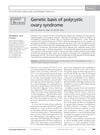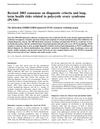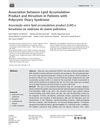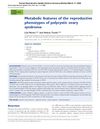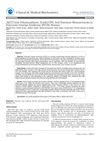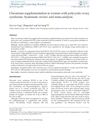Divergences in Insulin Resistance Between the Different Phenotypes of Polycystic Ovary Syndrome
September 2013
in “
Expert Review of Endocrinology & Metabolism
”
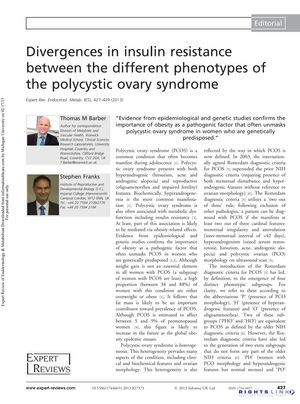
TLDR Different types of polycystic ovary syndrome show varying levels of insulin resistance, with the 'PHO' type being the most insulin resistant.
The document examined how insulin resistance varies across the different phenotypes of polycystic ovary syndrome (PCOS), as classified by the Rotterdam criteria. These phenotypes include 'PHO' (polycystic ovarian morphology, hyperandrogenism, and oligoamenorrhea), 'HO' (hyperandrogenism and oligoamenorrhea), 'PH' (polycystic ovarian morphology and hyperandrogenism with regular menses), and 'PO' (polycystic ovarian morphology and oligoamenorrhea with normal androgen levels). It was found that the 'PHO' subgroup is typically insulin resistant with a poor cardiometabolic profile, whereas the 'PH' and 'PO' subgroups are more insulin-sensitive and metabolically similar to women without PCOS. The document highlighted the need for further research on the long-term health implications of these phenotypes and their changes over time. The largest study referenced included 804 Chinese women, with 719 having PCOS and 85 serving as controls. Other studies involved cohorts from France, Iceland, the USA, and the UK, with sample sizes ranging from 309 to 418 participants.
